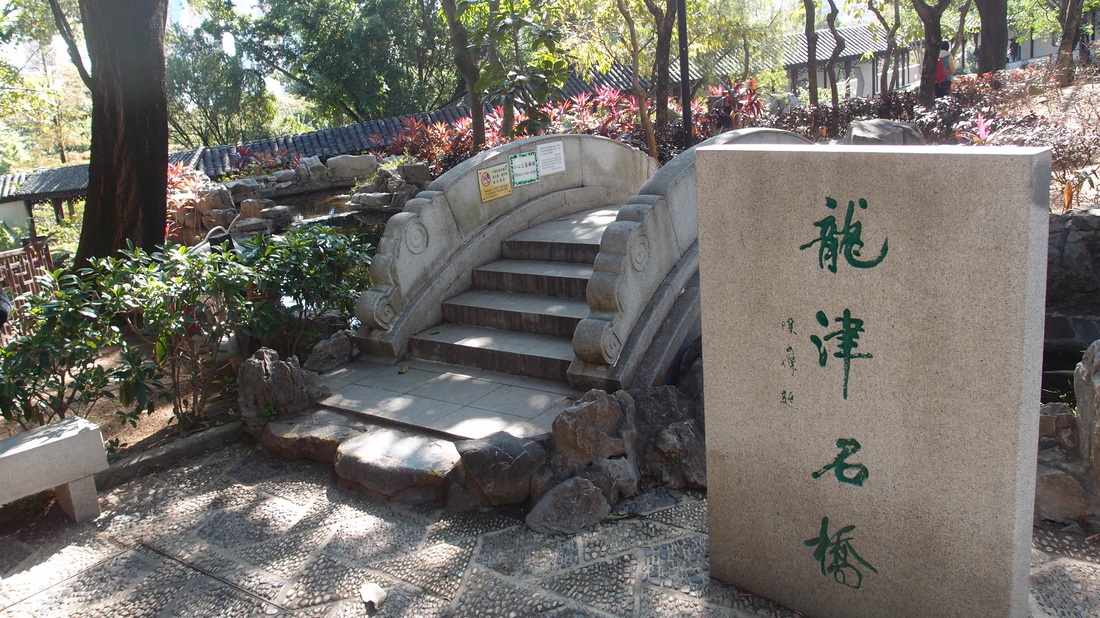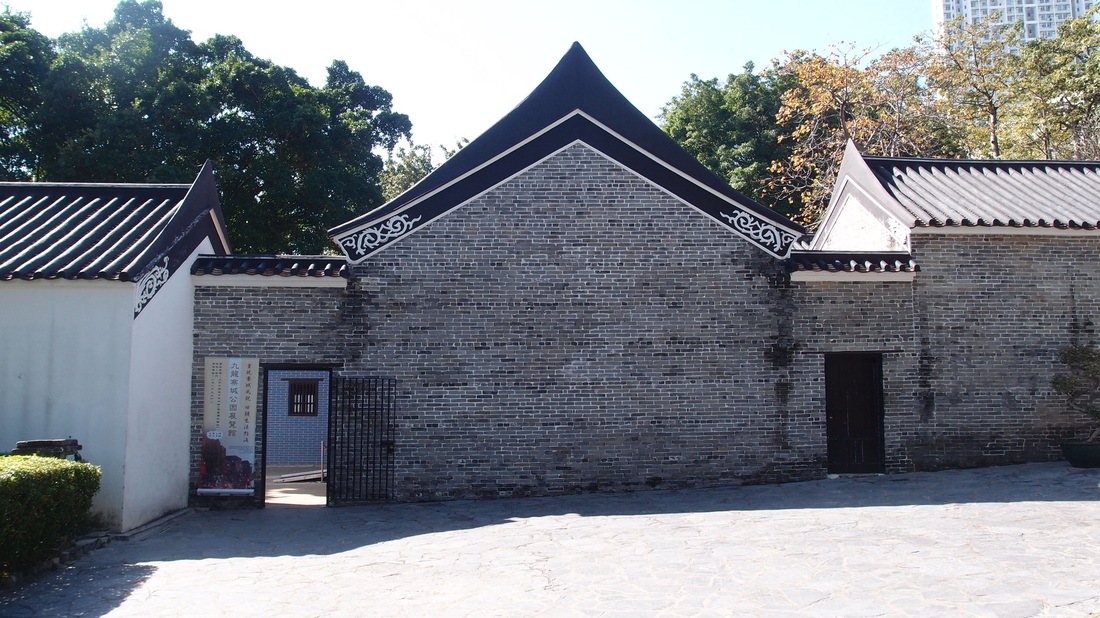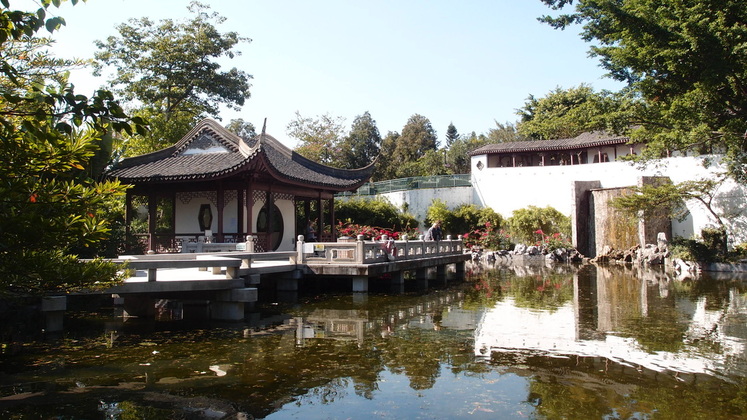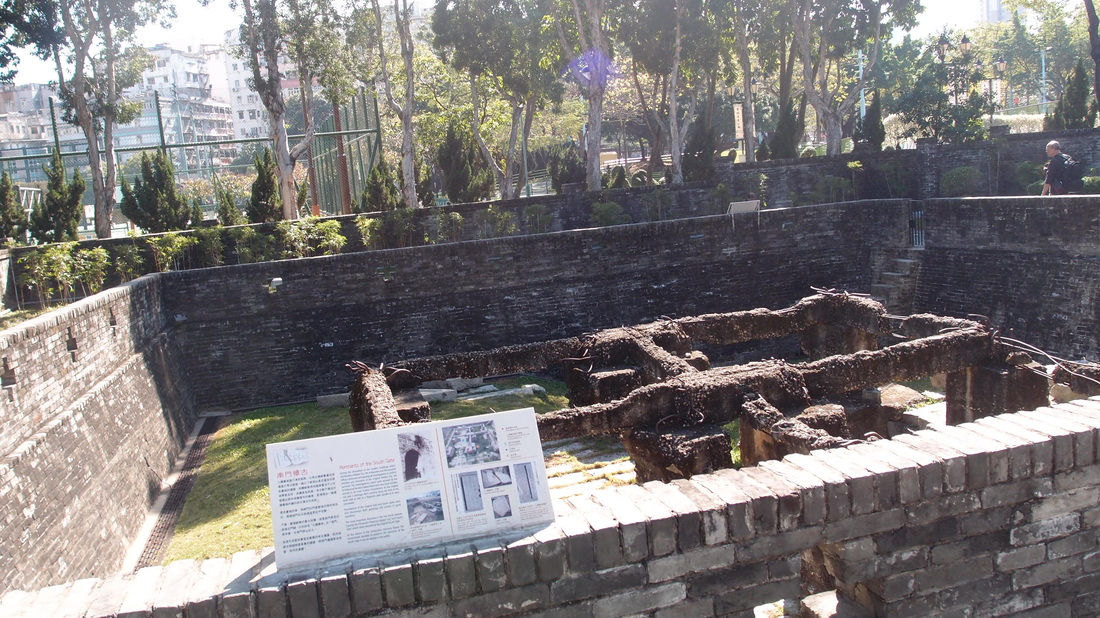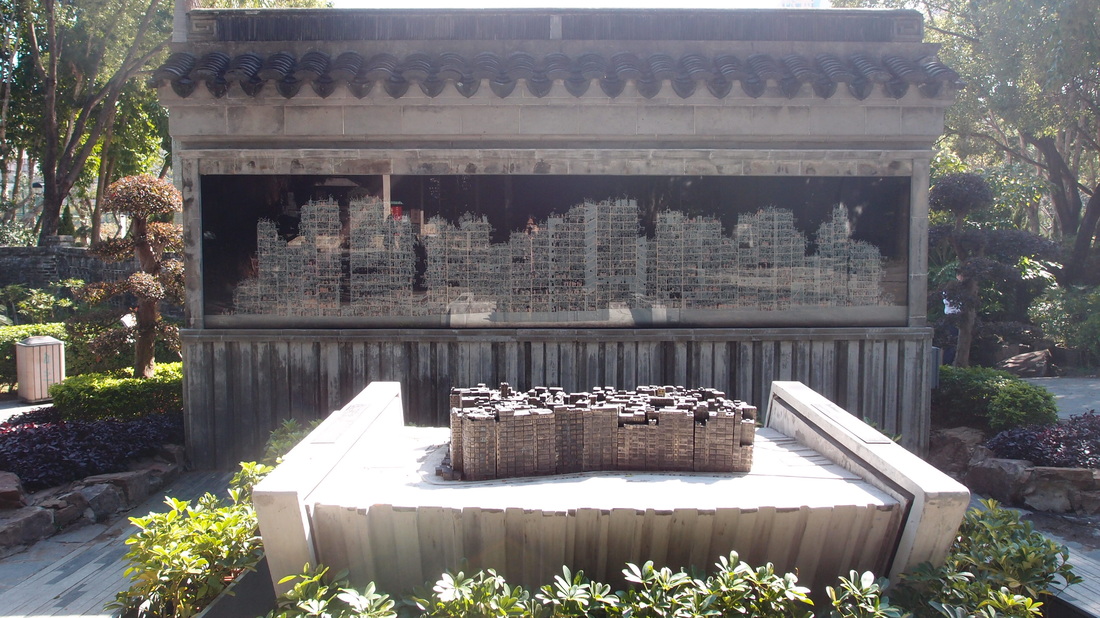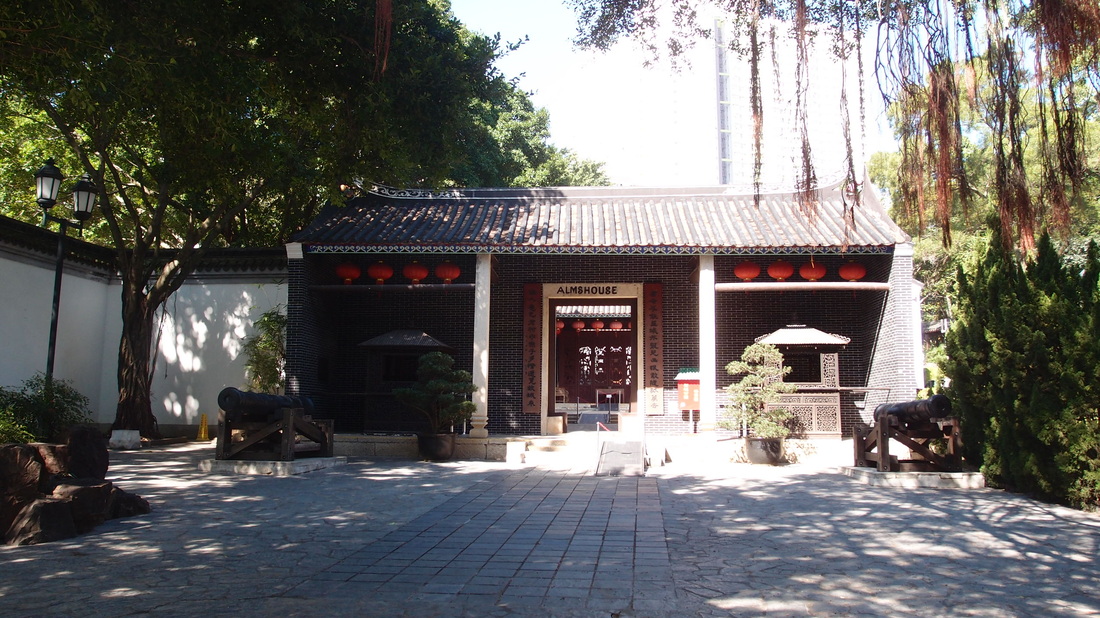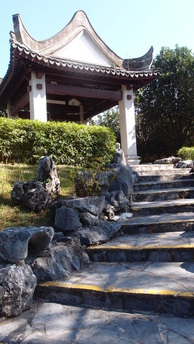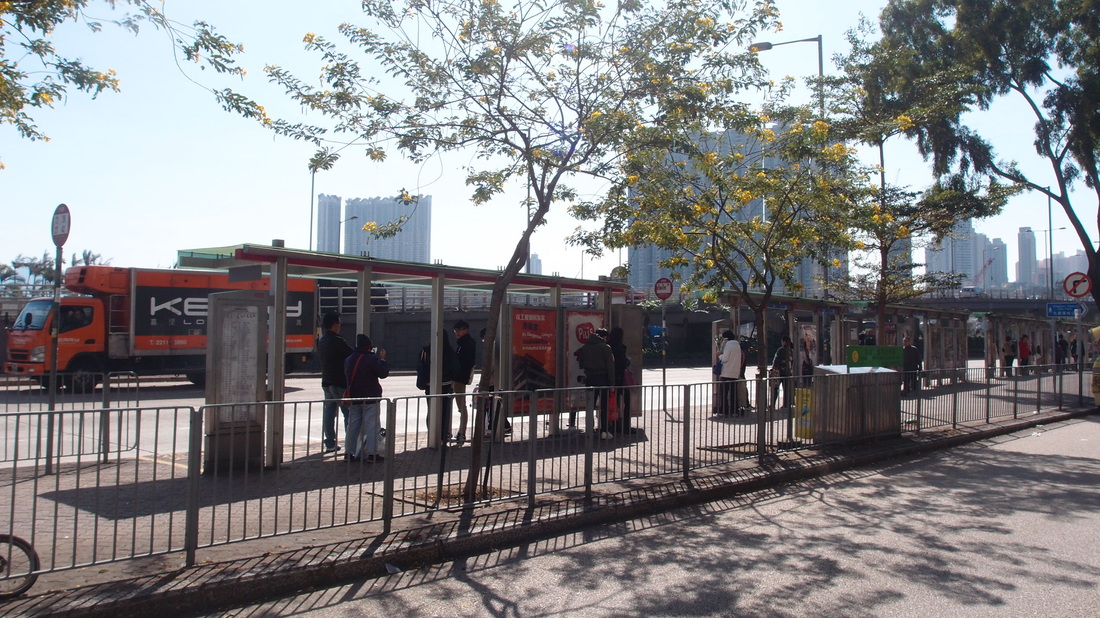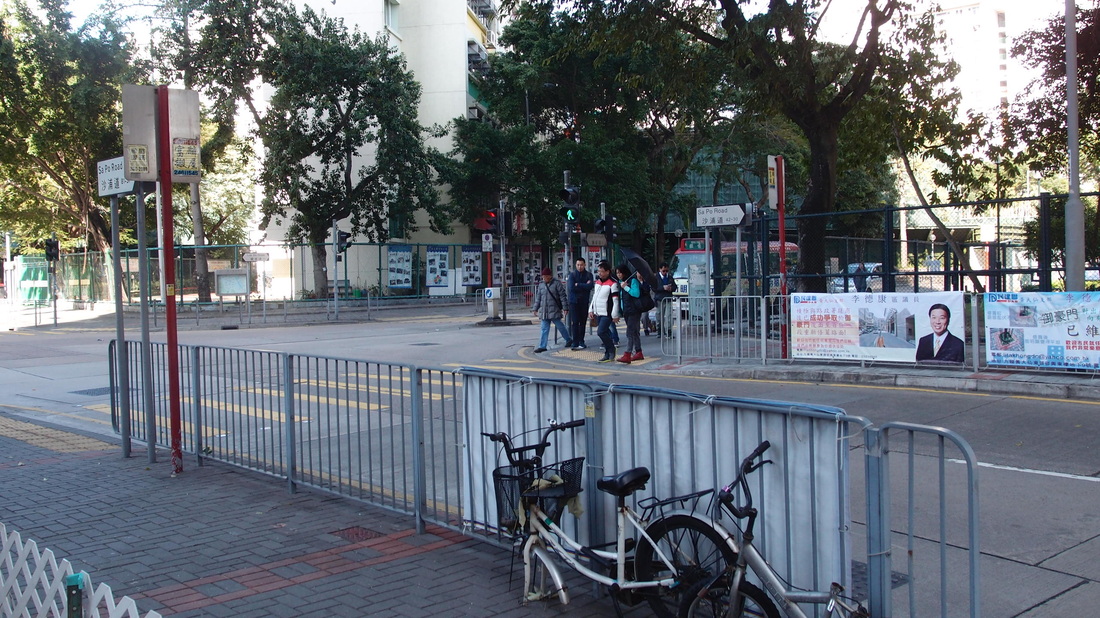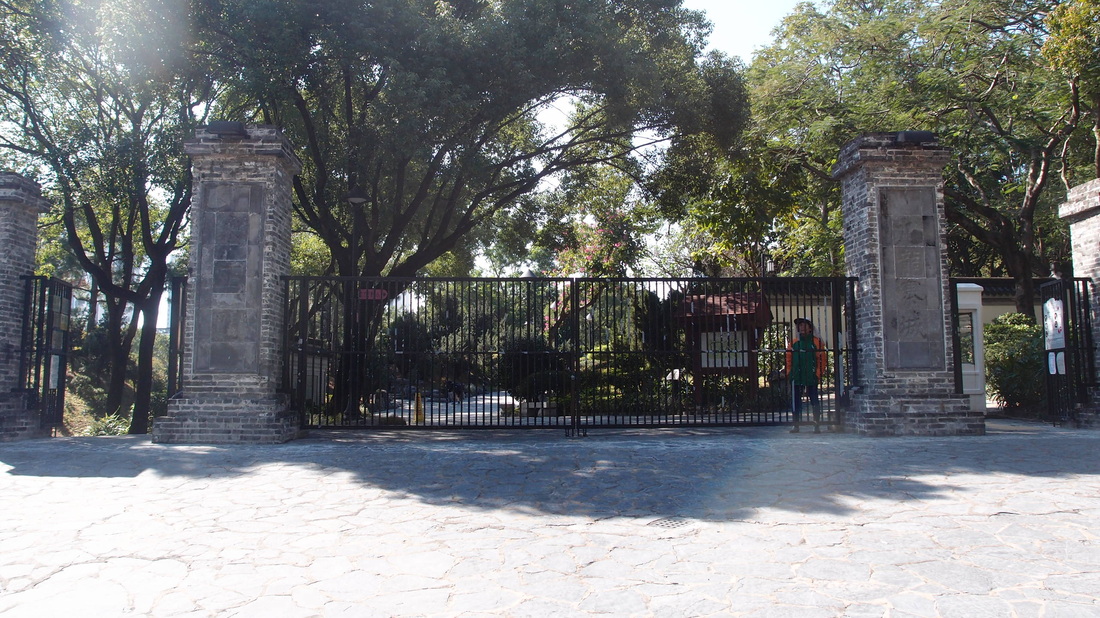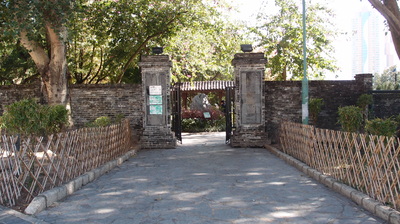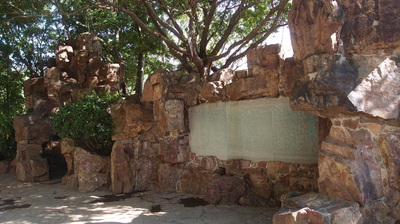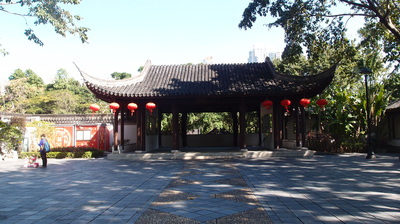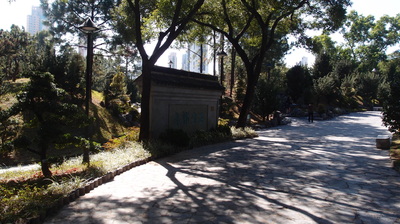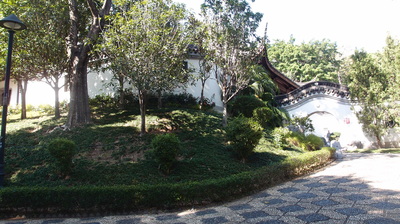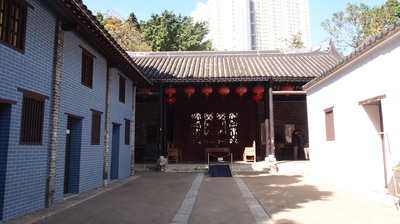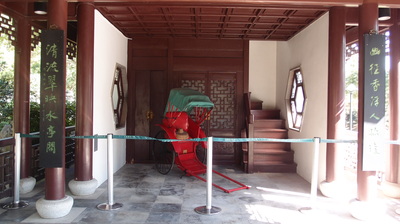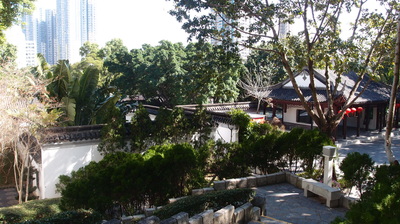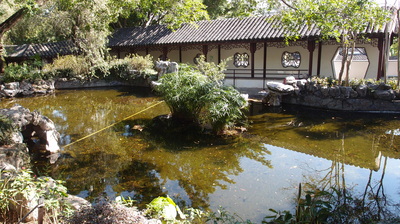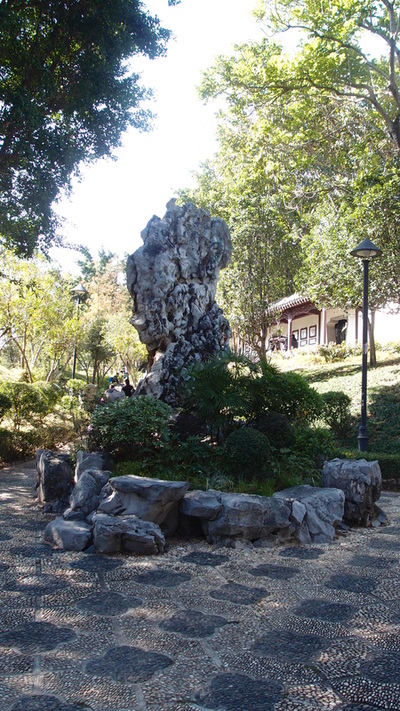Kowloon Walled City Park
Occupied the former Walled City, Kowloon Walled City Park transformed into a park in August 1995. It is located at Kowloon City area which covers 31,000 meter square. The design of the park is modeled on Jiangnan gardens of early Qing Dynasty. With the fully restored yamen as its centerpiece, the park is divided into eight landscape features. The paths and pavilions of it are named after streets and buildings in the Walled City. Artifacts from the Walled City are also displayed in the park.
History
The history of Kowloon Walled City is originated in the 15 century for trading purposes of Chinese officials. Followed by the establishment of a small coastal fort in 1810, the Qing authorities felt it necessary to improve the fort in order to rule the area and check further British influence. Britain militarily occupied the City and evicted Chinese military troops. Kowloon Walled City became largely ungoverned settlement which was further worsened after Japanese Occupation from 1941 to 1945. Having a large number of settlements constructed without governance, the quality of life, especially sanitary condition, became intolerable. More importantly, crime rate, including triads, prostitution, drug use and gambling, in the City also rose rapidly. As a result, the Hong Kong Government demolished the Walled City in 1994 and transformed it into Kowloon Walled City Park preserving some historical artifacts.
Social and Cultural depictions
The declared monument and cultural remains of Kowloon Walled City provide a glimpse of history of Hong Kong. Not only could people observe from physical architectures, but also social and cultural conditions in the past, from residence to work.
|
Yamen building were officially designated declared monuments of Hong Kong on 4 October 1996. It is made up of three halls. It was originally served as residence of government officials before 1899. After that, it was used for several other purposes, such as home of an elderly, refuge for widows and orphans, school and clinic. It was restored in 1996 and is currently found near the center of the park, comprising a photo gallery of the Walled City and two cannons from 1802 situated at the sides of entrance.
|
How to get here?
|
Kowloon Walled City Park is located at the junction of Tung Tsing Road and Tung Tau Tsuen Road. To reach Kowloon Walled City Park, you can depart at station of "Kowloon Walled City" by bus 1, 11K, 10 and 113.
Besides, there are also buses and minibuses pass through station of "Regal Oriental Hotel". Walking along Sa Po Road after getting off, you will arrive the park in 10 minutes. |
